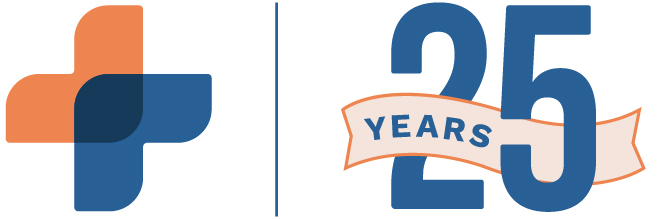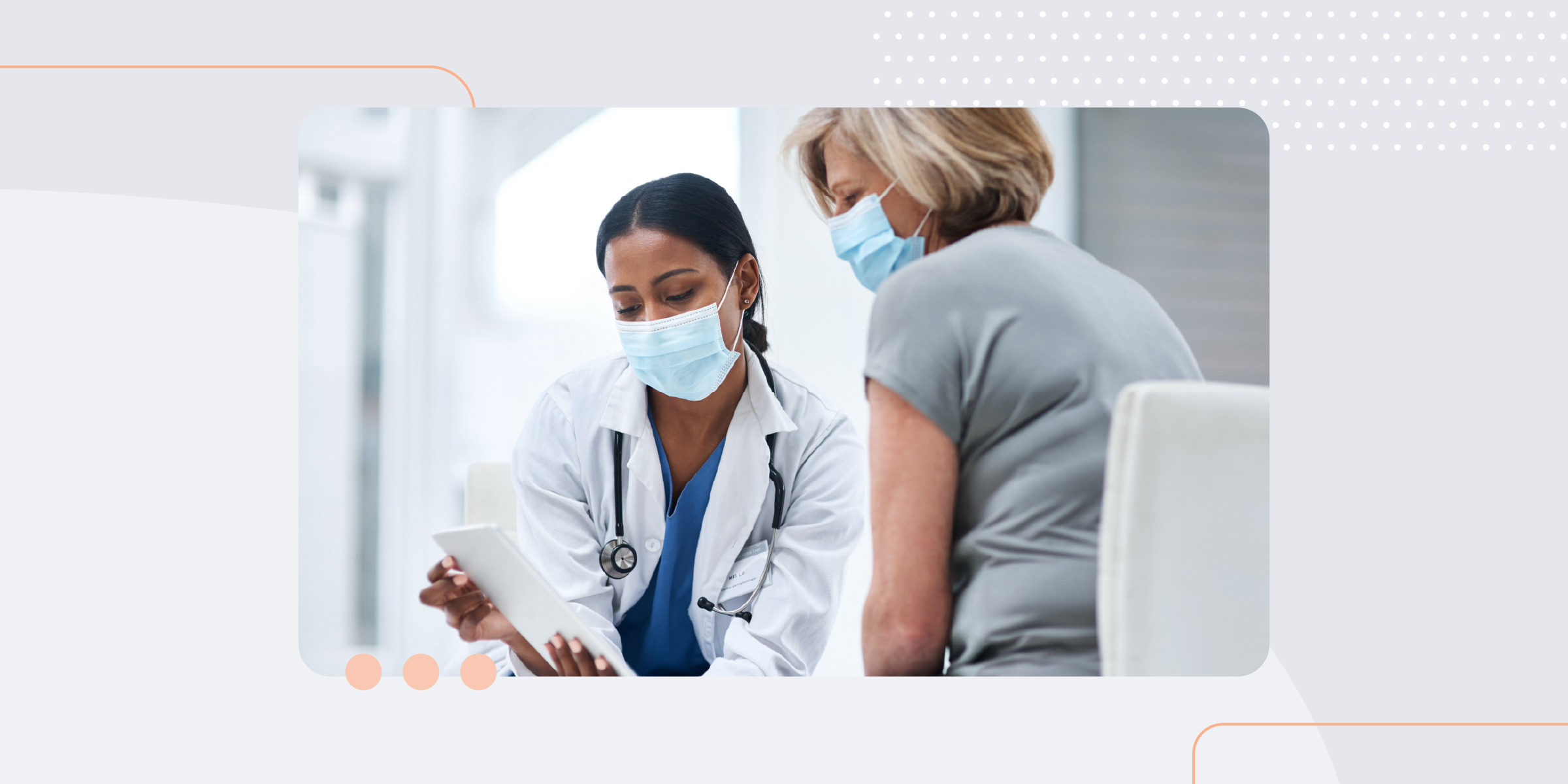Annually, on September 17th, the World Health Organization (WHO) hosts and celebrates World Patient Safety Day, which focuses on global solidarity and collective action to improve patient safety and reduce the burden of patient harm.
This year is particularly meaningful to RXNT, as the WHO has selected “Medication Safety” as the theme for the campaign, highlighting the need for healthcare organizations worldwide to “adopt a systems approach and promote safe medication practices to prevent medication errors and reduce medication-related harm.”
Medication errors are the leading cause of injury and avoidable harm in healthcare systems, and the campaign calls for immediate action to reduce medication errors that can result in patient harm, disability, and even death.
One of the easiest and most effective ways to join the push for medication safety is to improve prescription processes that are antiquated and dangerous with technology, safeguards, history, automation, risk management, and more.
What Healthcare Professionals Can Do to Combat Medication Errors
According to a research study on medication dispensing errors, there are nearly 6,800 prescription medications available in the United States as well as countless over-the-counter drugs. With an overabundance of medications available to patients paired with an increasingly complex prescription process, it’s not uncommon for physicians and staff to make errors when prescribing or dispensing drugs—particularly when there are so many that sound similar, treat similar issues, or share part of the same name!
The cost of treating patients who are suffering from medication-related illnesses exceeds more than $40 billion every year according to the same source. This is in addition to the physical and psychological pain patients experience due to errors and the potential monetary cost of litigation for issues related to medication errors.
There is a myriad of reasons medication errors occur, including:
- Incorrect diagnoses
- Dose miscalculations
- Inadequate medication distribution practices
- Issues with drug devices
- Incorrect administration
- Poor communication
- Lack of patient education
- Insufficient, incomplete, or inaccurate patient information
Yet, the biggest reason medication errors occur is due to inadequate documentation. Too many providers still rely on handwritten prescriptions, which are hard to manage, monitor, and track. This makes it easy for errors to occur and for patients to abuse their medications.
To reduce errors and improve safety, many health organizations are turning to technologies such as electronic health record (EHR) systems, electronic prescribing (ERX), prescription drug monitoring programs (PDMPs), and electronic real-time prescription benefit (RTPB) tools.
How Does Electronic Prescribing Benefit Patient Safety?
With an estimated 1.5 million adverse drug events (ADEs) occurring every year in the United States, healthcare providers should be on the lookout for ways to improve patient safety. For many, this means moving away from error-prone and time-consuming paper processes and adopting EHR systems and e-prescribing software with automated safeguards and easier medication management.
These systems help to reduce medication and other healthcare errors in a number of ways, such as
- Alerting practitioners to errors: Electronic prescribing and EHR software systems offer alerts that immediately notify physicians and pharmacists of patient allergies and interactions, improper dosages, duplicate therapies, and more.
- Increasing accuracy: Paper-based prescriptions are highly error-prone due to illegible handwriting, unclear dosages, misread abbreviations or instructions, and forgery. ERX software removes these issues and significantly improves prescription accuracy.
- Minimizes fraud and drug diversion: With all patient and medication data stored digitally, it’s much more difficult for patients to forge or tamper with their prescriptions.
- Prevents abuse and misuse: Physicians are able to see existing patient prescriptions and medication history at the point-of-care. This feature helps providers determine if patients are “doctor shopping” or abusing their medications.
- Improves workflows: Software streamlines the entire prescription process. With everything captured in an easy-to-read template, pharmacists no longer have to call for clarification on illegible orders or missing patient information.
Ultimately, these new technologies automate, streamline, and increase the accuracy of numerous medical processes. With faster, smarter processes in place, medical errors are reduced and the overall quality of patient care is improved.
RXNT’s Commitment to “Medication Without Harm” This World Patient Safety Day
In 1999, Randy Boldyga started RXNT after hearing news of an avertable tragedy—an illegible prescription led to the death of an infant. The pharmacy had misread the handwritten script, resulting in an overdose. The accident inspired Boldyga to find a better way to prescribe and since then, improving patient safety and the care continuum has been a core part of our mission.
Prescribers interested in meeting the call of the WHO’s World Patient Safety Day have numerous opportunities with RXNT: our EHR software provides physicians with fast, easy access to patient data that’s up-to-date, accurate, and complete, resulting in smarter, more informed decisions about patient care.
Part of the EHR system but also available standalone, our E-Prescribing software is a better, safer way to write and dispense medications. You’ll get real-time access to patient medication history, direct electronic prior authorization (ePA) functionality, and automated checks for drug-to-drug, drug-to-allergy, and drug-to-condition allergies as well as potential adverse drug interactions.
With RXNT, you can integrate all your patient data across systems and devices, so healthcare organizations can take an efficient, error-free approach to prescribing medications and patient care.





